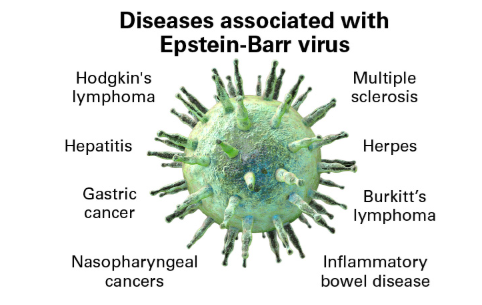COVID-19: post infection implications in different age groups, mechanism, diagnosis, effective prevention, treatment, and recommendations
Again, Interesting review article, but now with an in-depth and detailed point analysis, worth your time and this 🧵👇
“This review offers a comprehensive understanding of the persistent effects of COVID-19 on individuals of varying ages, along with insights into diagnosis, treatment, vaccination, and future preventative measures against the spread of SARSCoV-2”
Highlights
• COVID-19 induces long-term effects in individuals of both genders of various ages.
• Artificial intelligence-based COVID-19 diagnostic tools are efficient.
• Pharmacological and non-pharmacological treatments reduced the long-term impacts of
COVID-19.
• All vaccines significantly reduced the persistent effects of COVID-19.
• No vaccine provides lifetime protection against COVID-19.
• Protective measures greatly limit SARS-CoV-2 transmission 1/n
Again, Interesting review article, but now with an in-depth and detailed point analysis, worth your time and this 🧵👇
“This review offers a comprehensive understanding of the persistent effects of COVID-19 on individuals of varying ages, along with insights into diagnosis, treatment, vaccination, and future preventative measures against the spread of SARSCoV-2”
Highlights
• COVID-19 induces long-term effects in individuals of both genders of various ages.
• Artificial intelligence-based COVID-19 diagnostic tools are efficient.
• Pharmacological and non-pharmacological treatments reduced the long-term impacts of
COVID-19.
• All vaccines significantly reduced the persistent effects of COVID-19.
• No vaccine provides lifetime protection against COVID-19.
• Protective measures greatly limit SARS-CoV-2 transmission 1/n

Conclusion:
“Furthermore, the comparative effectiveness of different vaccines may vary, but all types of vaccines significantly reduced SARS-CoV-2 infection. But no vaccine was reported that provides lifetime protection against COVID-19; therefore, protective measures (nonpharmaceutical interventions), such as physical separation, mask use, telework, hand cleansing, isolation, and appropriate respiration significantly reduce the rate of SARS-CoV-2 transmission.” 12/n
“Furthermore, the comparative effectiveness of different vaccines may vary, but all types of vaccines significantly reduced SARS-CoV-2 infection. But no vaccine was reported that provides lifetime protection against COVID-19; therefore, protective measures (nonpharmaceutical interventions), such as physical separation, mask use, telework, hand cleansing, isolation, and appropriate respiration significantly reduce the rate of SARS-CoV-2 transmission.” 12/n
Of course some critical remarks can be made and I don’t concur with everything, but overall this is a good in-depth overview, especially their “Long-term effects of COVID-19 on the human systems” section 13/End
ui.adsabs.harvard.edu/abs/2024arXiv2…
ui.adsabs.harvard.edu/abs/2024arXiv2…
• • •
Missing some Tweet in this thread? You can try to
force a refresh




























